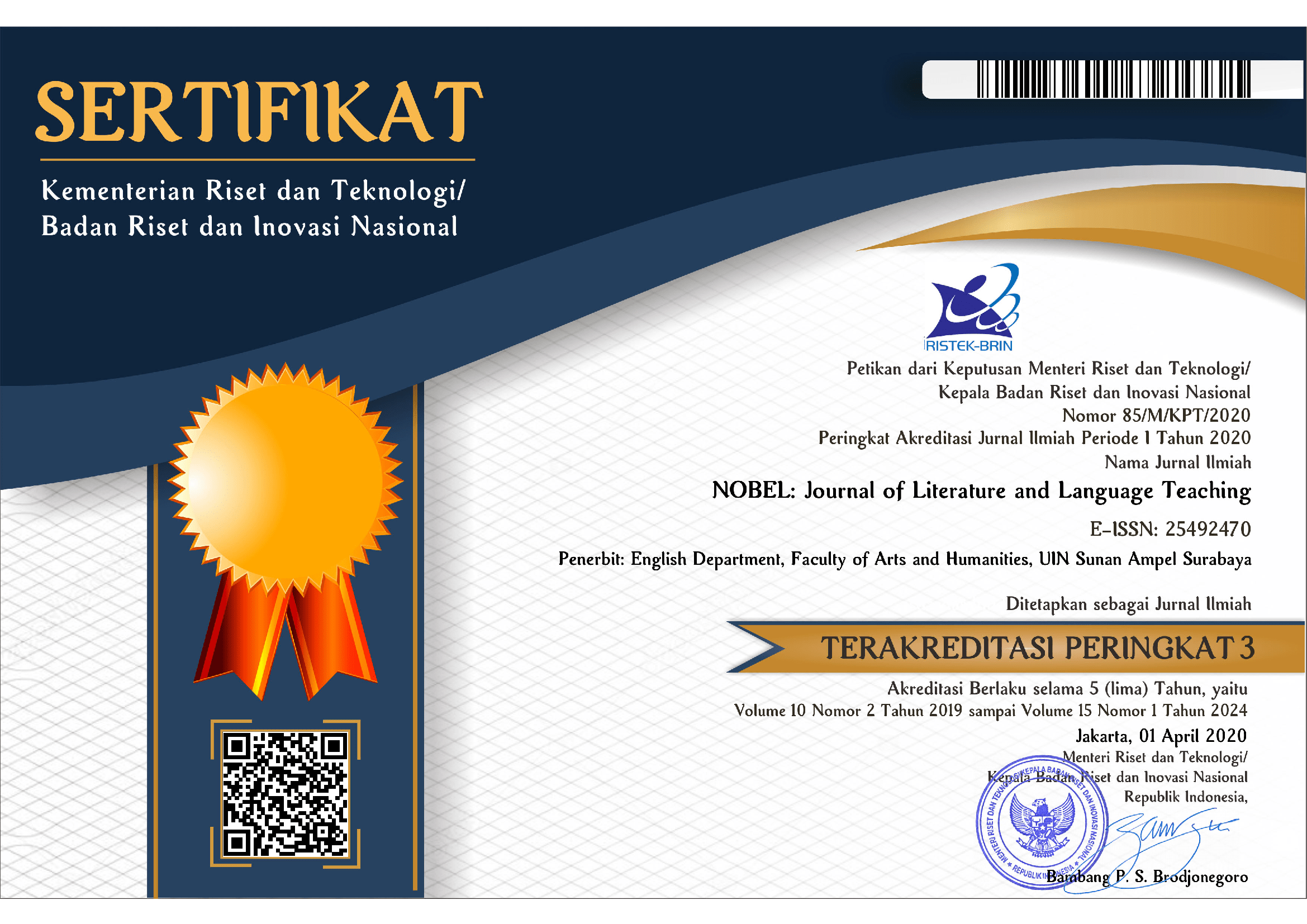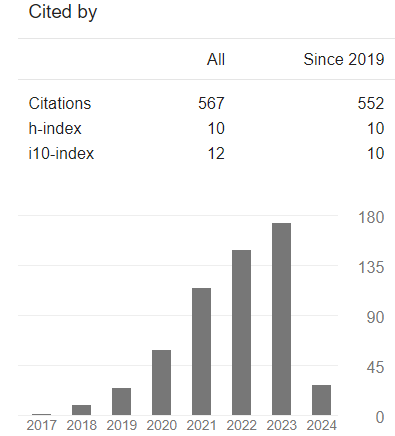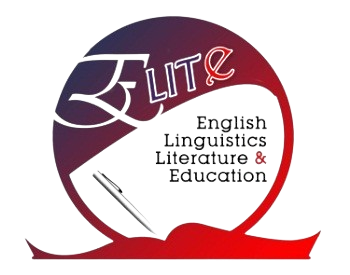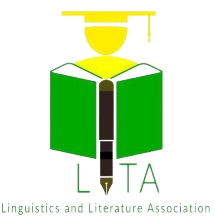Utilizing Story Mapping Strategy to Improve Students' Reading Comprehension in Finding Main Idea
DOI:
https://doi.org/10.15642/NOBEL.2018.9.1.57-72Keywords:
Story mapping strategy; Reading comprehension; Main Idea; Action ResearchAbstract
This research aims at (1) finding out whether Story Mapping Strategy can improve students' reading comprehension in finding main idea and (2) describing classroom climate when Story Mapping Strategy is implemented in the class. The preliminary research showed that the students had problems in determining main idea of the text and main idea in each paragraph and in finding the supporting details of the main idea in each paragraph. This research was conducted at SMA Kemala Bhayangkari 1 Jakarta. The subject of the research was the students of class XI IPA 1 consisting of 30 students. The method of this research was Classroom Action Research and it was conducted in three cycles. Each cycle covered planning, implementing, observing, and reflecting. In collecting the data, the researcher used observation field note, interview, questionnaire, diary, and test. Having collected the data, the researcher analyzed quantitative and qualitative data. The quantitative data were analyzed by using descriptive statistic (DS). It compared between the mean score of pre-test (before treatment) and post-test 1, 2, and 3 (after treatment). The qualitative data were analyzed by using Constant Comparative Method (CCM) which consisted of comparing incidents applicable to each category, integrating categories and their properties, delimiting the theory, and writing the theory. The result of the research showed that (1) Story mapping strategy can improve the students' reading comprehension in finding main idea in terms of: (a) the students can determine the main idea of the text and main idea in each paragraph and (b) the students can find the supporting details of the main idea in each paragraph. The means of the students' score improved from cycle to cycle. The mean in pre-test: 62.33, post-test 1: 68.33, post-test 2: 72.78, and post-test 3: 77.89 compared with the KKM for reading: 70. (2) Story mapping strategy can improve the classroom climate in terms of: the students' cooperation looked maximal and alive, (b) the researcher as a teacher gave the students more motivation, help, support, and encouragement maximally, (c) all of the students looked more enthusiastic and got custom in story mapping and main idea activity, (d) all of the students could participate well in classroom activity, and (e) most of the students thought that the researcher as a teacher often gave them praise or appreciation in classroom activity
Key Words; Story mapping strategy, Reading comprehension, Main Idea, Action Research
Downloads
References
Antonacci, P.A., & O’Callaghan, C.M. (2012). Promoting Literacy Development: 50 Research-Based Strategies for K – 8 Learners. Los Angles: Sage Publications, Inc.
Bender, W.N., & Larkin, M.J. (2009). Reading Strategies for Elementary Students with Learning Difficulties (2nd Ed). New York: Corwin A SAGE Company
Beuhl, D. (2008). Classroom Strategies for Interactive Learning (3rd Ed): The International Reading Association, Inc.
Brown, H.D. (2003). Language Assessment: Principles and Classroom Practices. San Fransisco: Longman.
Burke, M.D. (2004). Use of Story-Mapping to Increase the Story-Grammar Text Comprehension of Elementary Students with Learning Disabilities. Retrievedfromhttp://www.thefreelibrary.com/Use+of+storymapping+to+increase+the+storygrammar+text+comprehension...-a0121279908
Burns, A. (1999). Collaborative Action Research for English Language Teachers. Cambridge: Cambridge University Press
Carrasquillo, A., Kucer, S.B., & Abrams, R. (2004). Beyond the Beginnings: Literacy Intervention for Upper Elementary English Language Learners. Clevedon: Cromwell Press Ltd.
Chesla, E. (2000). Read Better, Remember More (2ndEd).New York: Learning Express
Chesla, E. (2001). 8Th Grade Reading Comprehension Success. New York:. Learning Express
Dawson, M.A.,&Bamman, H.A. (1963). Fundamental of Basic ReadingInstruction. New York: David Mckay
Duffy, G.G. (2009). Explaining Reading: A Resource for Teaching Concepts, Skills, and Strategies ((2ndEd). New York: The Guilford Press
Farris, P.J., Carol J.F., & Maria P.W. (2004). Teaching Reading: A balanced Approach for Today’s Classroom. New York: Mac Graw Hill. Hill Companies, Inc
Grabe, W. (2009). Reading in a Second language (Moving from Theory to Practice). Cambridge: Cambridge University press.
Gunning, T.G .(2010). Reading Comprehension Boosters. San Francisco: Josset Bass
Idol, L. (1987). Group Story Mapping: A Comprehension Strategy for Both Skilled and Unskilled Readers. Journal of Learning Disabilities, 20, 196-205. doi: 10.1177/002221948702000401.
Isikdogan, N.,& Kargin, T. (2010). Investigation of the Effectiveness of Story- Map Method on Reading Comprehension Skills among Students with Mental Retardation.Journal of Educational Science: Theory & Practice, 10 (3), 1509-1527.
Learning Assistance Center .(2010). Main Ideas and Supporting Details. Retrieved from manoa.hawaii.edu.
McGinnis, D. J., & Smith, D. E. (1982). Analysing and Treating readingproblems.New York: Macmillan Publishing Co., Inc.
McShane, S. (2005). Applying Research in Reading Instruction for Adults: First Steps for Teachers. Washington D.C: The National Center Family Literacy.
Ratvon, N. (2008). Effective School Interventions: Evidence-Based Strategies for Improving Student Outcomes (2nd Ed). New York: The Guilford Press
Renandya, W.A.,& Richards, J.C. (2002). Methodology in Language Teaching. New York : Cambridge University Press.
Richards, J.C. (1996). Reflective Teaching in Second LanguageClassrooms.New York: Cambridge University Press.
Savage, J.F., & Jean, F.M. (1979). Teaching Reading to Children with Special Needs. London: Inc
Walpole, S., & McKenna, M.C. (2007). Differentiated Reading Instruction Strategies for Primary Grades. New York: Guilford Press
Webster’s Classroom Strategies Story Maps (2012). Washington D.C: WETA
Webster’s Main Idea and Supporting Details (2012). New York: Comprehension Publishing
Webster’s Reading Comprehension Flip Chart (2009). Retrieved from page.reallygoodstuff.com/pdfs/303700.pdf
Wodrich, D.L.,& Schmitt, A.J. (2006). Patterns of Learning Disorders. New York: The Guilford Press
Wright,D.B. (2003). Group Story Mapping. Teaching and learning. Retrieved fromhttp://pent.ca.gov/acc/groupstorymapping.pdf







